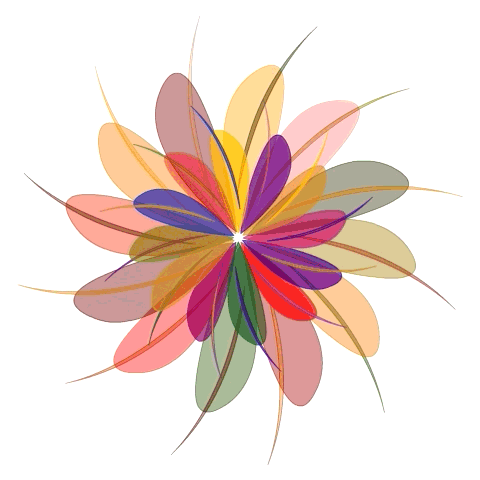
“(b. Harston, Leicestershire, 14 March 1688[2] – October 1763) Anna Maria Garthwaite was an English textile designer known for creating vivid floral designs for silk fabrics hand-woven in Spitalfields near London in the mid-18th century. Garthwaite was acknowledged as one of the premiere English designers of her day. Many of her original designs in watercolours have survived, and silks based on these designs have been identified in portraiture and in costume collections in England and abroad.

…..a house in Princes Street (now Princelet Street)[7] in the silk-weaving district of Spitalfields east of the City of London in 1728, and Anna Maria created over 1000 designs for woven silks there over the next three decades.[6] Some 874 of her original designs in watercolour from the 1720s through 1756 have survived and are now in the collection of the Victoria and Albert Museum.[8] Many of these designs are dated and annotated with weaving instructions and the names of the weavers to whom they were sold. A waiscoat woven to one of Garthwaite’s designs in the collection of the Costume Institute of the Metropolitan Museum of Art.

Garthwaite’s work is closely associated with the mid-18th century fashion for flowered woven silks in the Roccoco style, with its new emphasis on asymmetrical structures and sinuous C- and S-curves. She adapted the points rentrés technique developed by the French silk designer Jean Revel in the 1730s for representing near-three-dimensional floral patterns through careful shading,[9] and designed large-scale damasks as well as floral brocades.
From 1742–43, Garthwaite’s work—and English silk design in general—diverged from French styles, favouring clusters of smaller naturalistic flowers in bright colours scattered across a (usually) pale ground. The taste for vividly realistic florals reflects the advances in botanical illustration in Britain at this time, and can be contrasted with French silks of the period which show stylised flowers and more harmonious—if unrealistic—colourations.
“ Wikipedia
Garthwaite, like the majority of the eighteenth-century Spitalfields silk designers whose work has been identified, had personal ties to London’s scientific community. But of these designers, Garthwaite was the sole woman. Garthwaite’s relationship with her brother-in-law apothecary Vincent Bacon—a fellow Spitalfields resident and a member of the Royal Society—was a particularly important one for fostering her ties to these networks.
As a member of the Apothecaries’ Guild, which maintained it, Bacon had access to Chelsea Physic Garden—one of England’s great botanical gardens, filled with exotic flowers and plants from America and Africa. Women like Garthwaite frequented the Garden to view and sketch plants and flowers, a reminder that in eighteenth-century Britain, women did not serve as passive recipients of male knowledge about botanicals. Less obviously than Royal Society members or male apothecaries, but no less truly, Garthwaite and the women who wore her flowered silks were members of a global network in which the scientific and the fashionable coalesced.
Some of Garthwaite’s most remarkable designs featured aloes. Aloes were one of the most fascinating of botanical species to Georgian gardeners. Along with their medicinal properties and exotic African origins, aloes’ considerable variety in appearance fascinated eighteenth-century botanists. Garthwaite accurately captured their celebrated diversity by drawing different types of aloes in a number of patterns, using distinctive, spiky leaves to set them apart.
Garthwaite often combined more prosaic florals with these exotic plants, showing them growing intertwined and grafted together. Mingling the exotic with the local, Garthwaite grafted an aloe onto an English rose. Despite their botanical impossibility, she took care to draw the hybrid plants realistically, in a style that mimicked botanical drawings done from life studies. Her designer’s eye shows the same fascinated appreciation for plants embraced by Royal Society members. Woven into a brocaded tabby silk, her aloe-rose hybrid blossomed across a silk in which the multicoloured botanical plants and flowers floated on a cream background. Viewers of this silk saw something very similar to a botanical illustration on white paper.
Garthwaite used North American plants that were the popular subjects of such illustrations, all of which could be found exported into London gardens, including magnolia, Turk’s cap lilies, and mountain laurel. Pennsylvania botanist John Bartram first sent live mountain – or what he called “common” – laurel plants across the Atlantic to London in 1735. By 1740, they had bloomed in England. Bartram also sent Turk’s cap lilies between 1738 and 1740. Only a few years later, both specimens also flowered in Garthwaite’s designs.
